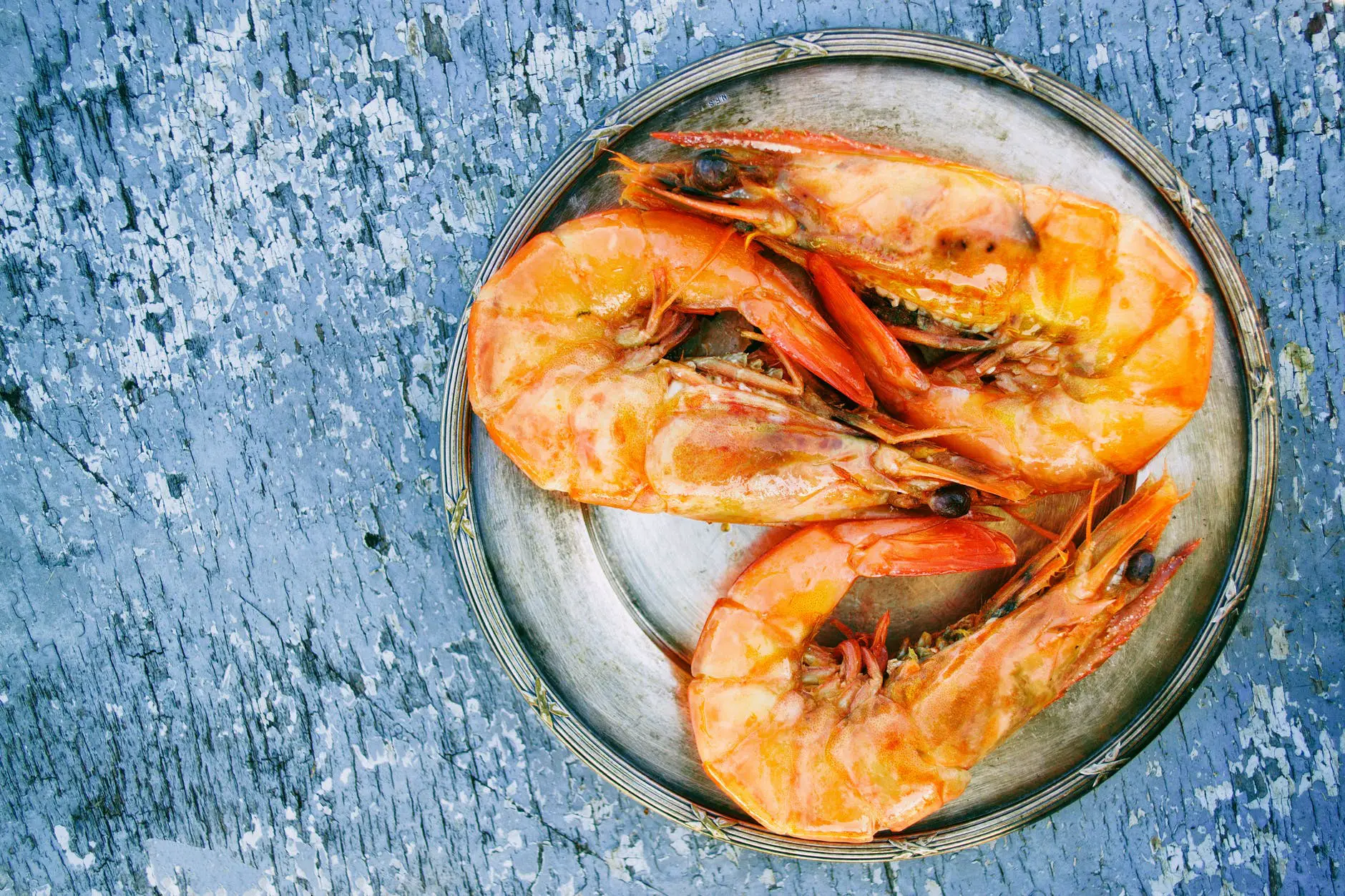If you live or travel to the coastal areas in the states of Georgia, South Carolina, and North Carolina, you know that it is a seafood paradise. One of the most frequently harvested catches by both recreational and commercial fisherman are shrimp. Shrimp are excellent for eating and can be prepared in a multitude of ways. It seems quite simple to stop in a local fish market and buy locally caught shrimp, but what kind of shrimp are found in these waters? There are two different kinds of shrimp that are most common in the low country. The two most common types of shrimp found in the Atlantic Ocean off of North Carolina, South Carolina, and Georgia are Brown Shrimp and White Shrimp.
Both White and Brown Shrimp share these characteristics:
- The growth rate is extremely fast, up to two and a half inches per month for these types of shrimps.
- A lifespan of a shrimp is short. They typically live less than two years.
- The mating season is between late spring through late summer.
- Both species, as juveniles and adults, feed on the seabed in the nighttime hours.
- They are omnivores, which means they eat both plant and animal life.
- Females deposit between 500,000 and one million eggs near the seafloor.
- They can live in a wide range of salinities from just 10% salt to nearly 100%.
Brown Shrimp:
- This variety of crustaceans are plentiful; they are not in threat of being overfished.
- They grow up to seven inches long.
- When you look at the tail of a brown shrimp, they most commonly have a green or red coloration with a purple band.
- They have ten walking legs that are very slender but are long. In addition to the walking legs, they also are composed of five pairs of swimming legs.
Taste and texture of Brown Shrimp:
- These shrimp are smaller in size, so they can be more challenging to clean
- When cooked, the meat of the shrimp is described as being more firm.
- The taste varies considerably based on what the shrimp are feeding on. The range is from sweet to bland.
- Depending on location, brown shrimp found in muddy seabeds areas often acquire an iodine flavor. This is brought on by eating polychaete sea worms.
White Shrimp:
- As with the brown shrimp, white shrimp are in no danger of being overfished in these waters.
- These kinds of shrimp when fully grown measure between seven and eight inches in length. The white shrimp is larger than the brown shrimp.
- They are known for having long antennas. The antennas are longer than the entire body of the shrimp.
- As with the brown shrimp, white shrimp are also composed of 10 walking legs and five pairs of swimming legs.
- The coloration consists of a light gray body, green areas on the tail, and a yellow ring near the abdomen.
- Note that the white shrimp is also known for being called green tail shrimp. The tail is green in coloration and is name is commonly used by North Carolina shrimp boat operators.
Taste and Texture of White Shrimp:
- When compared to brown shrimp, white shrimp are more tender when cooked.
- The flavor is very mild but sweet, making this the more preferable of the two.
- With the larger size, they are simpler to clean and cook in different varieties, such as stuffing them.
- If you have the option for white shrimp vs brown shrimp of the different types of shrimp to eat from the local waters we highly recommend white over brown.
What Are The Best Cooking Methods For Brown Shrimp & White Shrimp
When it comes to cooking fresh brown or white shrimp from the waters of the southeast including Georgia, South Carolina, and North Carolina the options are endless.
To fully enjoy the fresh flavor we recommend grilling shrimp on a skewer. Coat the shrimp with your favorite seasonings before placing it on the grill for two to three minutes on each side.
A classic favorite is breading the shrimp with the tail, head, and shell removed. Coat the fresh shrimp in a breading mixture before deep drying. Once they are golden brown pair them with tarter sauce or cocktail sauce.
Remember to always devein the shrimp before cooking. The vein runs on the upper and lower side from head to tail. A sharp knife slicing a couple of millimeters deep on both sides will allow access to the vein so that it can be pulled free.
Conclusion: The Different Types Of Shrimp
Next time you’re visiting a local seafood market, ask the attendant about the fresh local different types of shrimp options they have available that day. Because the different shrimp types are priced by the pound, you can consider buying both white and brown shrimp as a comparison. Also, they are offered in different forms, including heads on, heads off, and cleaned. The more preparation the market makes the higher the cost per pound. Most often, they will send you home with a bag full of both shrimp and ice; come prepared with a cooler or plastic container to avoid ice water leaking all over your vehicle. A multitude of cooking options are available for both brown shrimp vs white shrimp, mix, match, and enjoy.







Leave a Comment
You must be logged in to post a comment.